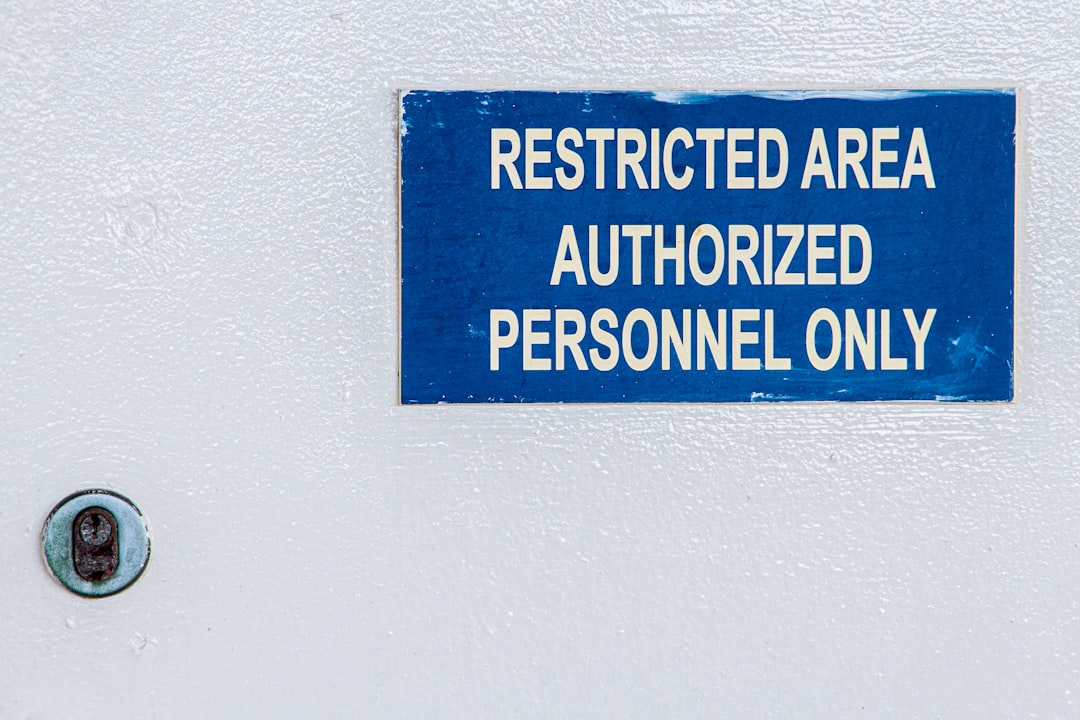Cloud storage has revolutionized the way U.S. businesses manage data, enabling scalable, cost-effective, and remote-friendly solutions. However, as adoption increases, so do the security threats targeting cloud-based platforms. In 2025, businesses must be more vigilant than ever to safeguard sensitive information and maintain compliance with ever-evolving cybersecurity standards.
Understanding Cloud Storage Vulnerabilities in 2025
Cloud storage vulnerabilities refer to weaknesses or flaws within a cloud infrastructure that may be exploited by cybercriminals, insiders, or system failures. These vulnerabilities can compromise the confidentiality, integrity, or availability of data. With more organizations adopting hybrid work models and relying on multi-cloud ecosystems, the attack surface has significantly widened, making cloud vigilance imperative.
1. Misconfigured Cloud Settings
One of the most common and dangerous vulnerabilities arises from simple human error—misconfiguration. Cloud service providers offer a variety of security tools, but misconfigured security settings, like open ports, disabled encryption, or incorrectly set access controls, can expose sensitive data to unauthorized users.
Many U.S. businesses rely on Infrastructure as a Service (IaaS) or Platform as a Service (PaaS) solutions without fully understanding their shared responsibility models, leading to exploitable settings. Regular audits, configuration monitoring tools, and employee training are essential to mitigate these risks.

2. Inadequate Access Control and Credential Management
Weak, reused, or stolen credentials remain a leading attack vector for cloud systems. Cybercriminals often use phishing schemes or brute-force attacks to gain unauthorized access. In 2025, the integration of artificial intelligence into these attacks is making them smarter and faster, enabling hackers to impersonate legitimate users with shocking accuracy.
Implementing Multi-Factor Authentication (MFA), role-based access control (RBAC), and ongoing credential rotation policies can drastically reduce the risk of unauthorized access.
3. Data Breaches and Exfiltration
Data breaches are not limited to stolen credentials—they can also occur due to compromised APIs, weak encryption, or insider threats. Cloud environments are particularly vulnerable if data is not encrypted in transit and at rest. In 2025, regulations like the CCPA and proposed federal privacy laws could impose heavier penalties on non-compliant firms.
- Encrypt data both at rest and in transit
- Use advanced DLP (Data Loss Prevention) tools to monitor data movements
- Segment storage to minimize breach impact
4. Insecure APIs
Application Programming Interfaces (APIs) are essential for integrating and automating services in the cloud. However, insecure APIs can open backdoors for attackers. Without proper authentication, rate limiting, and monitoring, these interfaces can allow data to be read, modified, or deleted maliciously.
U.S. businesses must adopt API gateways with built-in security protocols and monitor API traffic through AI-powered analytics tools. Regular API code reviews should also be prioritized.
5. Insider Threats
Whether through negligence or malicious intent, insiders—employees or third-party partners—can cause significant security incidents. Cloud environments make it easier for insiders to access large amounts of data with fewer detection methods in place.
In 2025, behavioral monitoring powered by machine learning is becoming an industry standard. These tools can detect anomalies such as unusual access times, abnormal download quantities, or location-based access, helping businesses catch insider threats before data theft occurs.

6. Lack of Visibility and Monitoring
With decentralized cloud usage across departments and projects, visibility becomes a major challenge. Without centralized monitoring and logging, organizations cannot track data transactions or detect breaches in real time.
Security Information and Event Management (SIEM) systems play a crucial role in collating and analyzing security data from diverse sources. Incorporating real-time alerts and trend reporting, SIEM helps businesses stay one step ahead of potential threats.
Best Practices for U.S. Businesses in 2025
Success in the cloud doesn’t just depend on technology—it hinges on strategy, policy, and execution. The following best practices can help secure cloud environments moving forward:
- Implement a Cloud Security Framework: Adopt NIST or ISO frameworks tailored for cloud deployments.
- Conduct Regular Penetration Testing: Simulate attacks to expose unseen vulnerabilities before real attackers do.
- Train Employees: Continuous training on security awareness, phishing, and proper credential handling is essential.
- Limit Data Redundancy: Store only necessary data, and avoid duplicated records that broaden the attack surface.
- Choose Reputable CSPs (Cloud Service Providers): Ensure providers have transparent security protocols, reliable SLAs, and support for compliance standards (e.g., HIPAA, SOC 2).
Regulatory Compliance in the Evolving Cloud Landscape
Failing to adhere to regulatory requirements can bring hefty fines and reputational damage. In 2025, proactive compliance is more crucial than ever. U.S. businesses must ensure that their storage solutions align with mandates such as:
- General Data Protection Regulation (GDPR) for any business operating in or serving the EU
- The California Consumer Privacy Act (CCPA) for businesses handling personal data of California residents
- Federal Trade Commission (FTC) guidelines on data protection and breach notification
Automated compliance tracking tools can help organizations align with such standards, minimizing manual errors and risk exposure.
The Role of AI and Automation
AI and automation are not only used by attackers—they’re also vital tools for defense. In 2025, AI-driven analytics can proactively detect anomalies across storage environments, flag suspicious behavior, and even auto-remediate minor incidents in real-time.
Automation helps eliminate repetitive tasks like patch management, thereby reducing human errors that often lead to vulnerabilities.
Future Trends to Watch
Key trends shaping cloud storage security in the coming years include:
- Zero Trust Architecture (ZTA): Assuming no device or user is trusted by default
- Confidential Computing: Securing data during processing via encrypted memory regions
- Post-Quantum Cryptography: Prepping encryption practices for next-gen threats
- Decentralized Identity (DID): Empowering users with self-sovereign identity credentials
Staying informed and agile will be the difference-maker between resiliency and exposure.
Frequently Asked Questions (FAQ)
- What is the biggest cloud storage vulnerability in 2025?
- Misconfigured cloud settings continue to be the most common and devastating vulnerability due to their potential to unintentionally expose sensitive data to the public internet.
- How can U.S. businesses protect themselves from insider threats?
- Deploy behavioral analytics tools, apply strict access controls, and monitor user activity in real time to detect and prevent insider abuse.
- Is encryption enough to secure cloud data?
- While encryption is vital, it is insufficient on its own. A comprehensive strategy should include access controls, user behavior monitoring, and proper API security measures.
- Are public cloud services inherently insecure?
- No. Public cloud providers offer robust security tools, but it’s up to the business to properly configure and use them according to the shared responsibility model.
- What should a cloud security audit include?
- A detailed cloud audit should assess access permissions, encryption policies, data segmentation, API configurations, and compliance alignment.



